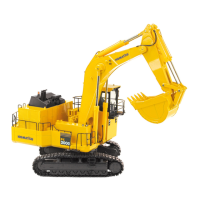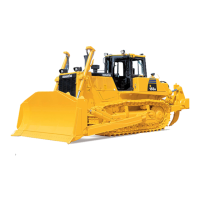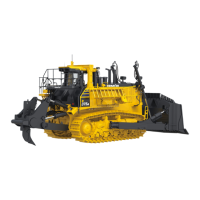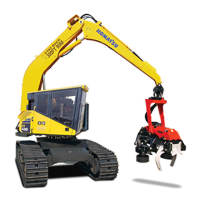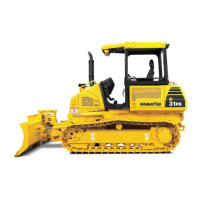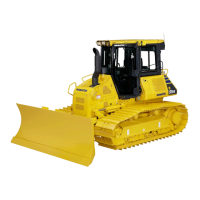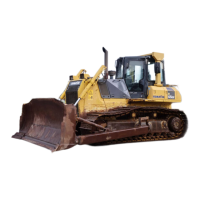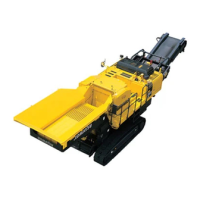20
TESTING AND ADJUSTING
20-1
1
STANDARD VALUE TABLE
Standard value table for engine . . . . . . . . . . . 20-2
Standard value table for chassis . . . . . . . . . . . 20-3
Standard value table for electrical parts . . . . 20-12
TESTING AND ADJUSTING . . . . . . . . . . . . . . 20-101
TROUBLESHOOTING . . . . . . . . . . . . . . . . . . . 20-201
★
Note the following when making judgements using the standard value tables for testing, adjust-
ing, or troubleshooting.
1. The standard value for a new machine given in the table is the value used when shipping the
machine from the factory and is given for reference. It is used as a guideline for judging the
progress of wear after operating the machine, and as a reference value when performing
repairs.
2. The service limit value given in the tables is the estimated value for the shipped machine based
on the results of various tests. It is used for reference together with the state of repair and the
history of operation to judge if there is a failure.
3. These standard values are not the standards used in dealing with claims.
When carrying out testing, adjusting, or troubleshooting, park the machine on level
ground, insert the safety pins, and use blocks to prevent the machine from moving.
When carrying out work together with other workers, always use signals and do not let
unauthorized people near the machine.
When checking the engine coolant level, always wait for the water to cool down. If the
radiator cap is removed when the water is still hot, the water will spurt out and causes
burns.
Be careful not to get caught in the fan, fan belt, or other rotating parts.
PC58UU-3
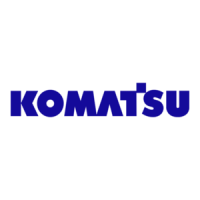
